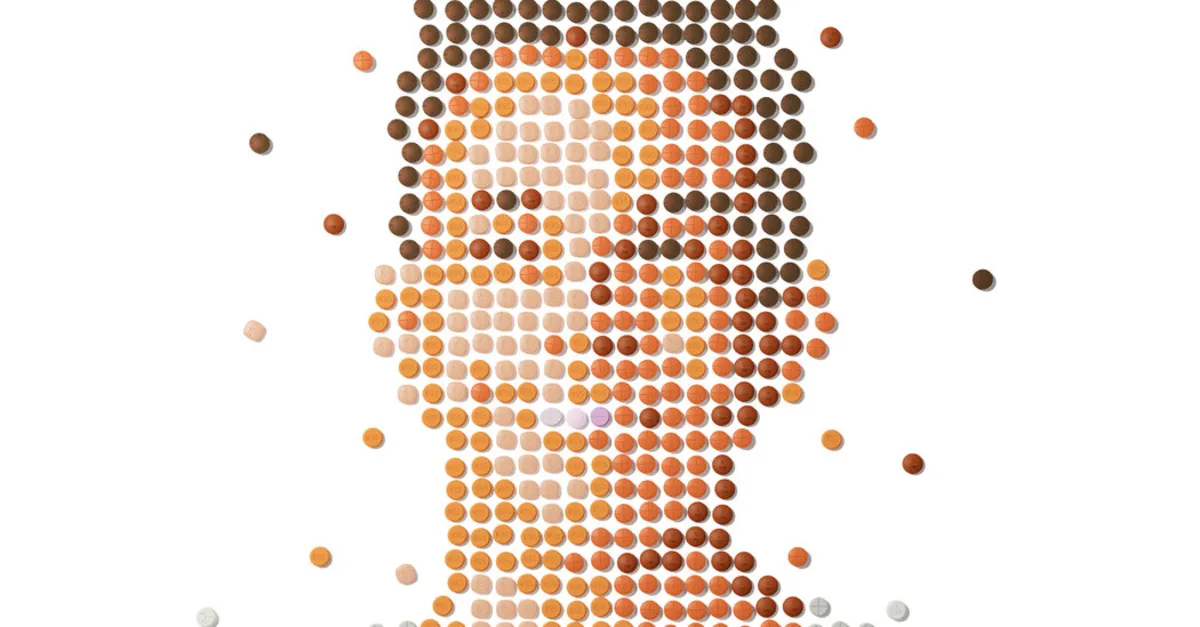
As diagnoses of Attention Deficit Hyperactivity Disorder (A.D.H.D.) and prescriptions for related medications reach unprecedented levels, researchers in the field are grappling with fundamental questions regarding the definition and treatment of this complex condition. According to the Centers for Disease Control and Prevention (CDC), over 15 percent of American adolescents have been diagnosed with A.D.H.D., a figure that climbs to an alarming 23 percent among 17-year-old boys. This translates to approximately seven million children across the United States who have received an A.D.H.D. diagnosis.
Typically, a surge in diagnoses is associated with significant scientific advancements—new treatments or groundbreaking insights into the condition's underlying causes. However, after interviewing numerous A.D.H.D. scientists globally for a recent magazine article, I found that our understanding of A.D.H.D. may actually be diminishing compared to two decades ago. Emerging studies have challenged long-held assumptions within the field, indicating a need for a reevaluation of what we know about A.D.H.D.
Amidst a growing concern over declining attention spans nationwide, recent research highlights the potential for innovative and more effective interventions for the millions of young individuals struggling with focus. Notably, scientists have begun to uncover the significant impact of a child's environment on the progression of A.D.H.D. symptoms, suggesting that treatment approaches may need to adapt accordingly.
A.D.H.D. is notoriously difficult to define. The behavioral manifestations of the disorder can vary greatly from one individual to another, and many A.D.H.D. symptoms overlap with other conditions such as anxiety, depression, childhood trauma, and autism spectrum disorder. Two decades ago, researchers believed they were close to identifying a definitive biomarker for A.D.H.D., whether it be a specific gene associated with the disorder or a detectable difference in brain structure through M.R.I. scans. However, current consensus indicates that the search for such biomarkers has largely been fruitless, leaving the diagnosis fluid and somewhat subjective.
Compounding the complexity of A.D.H.D. diagnosis, a recent study published last October revealed that only about one in nine children diagnosed with A.D.H.D. exhibit consistent symptoms throughout childhood. More commonly, symptoms fluctuate, sometimes disappearing for years only to resurface later. This has prompted some experts to reconsider the traditional view of A.D.H.D. as a permanent biological condition, suggesting instead that it may be better understood as an experience that can be temporary.
Medications such as Adderall and Ritalin can lead to short-term improvements in behavior among children diagnosed with A.D.H.D. However, the benefits often diminish over time. The largest long-term study on A.D.H.D. treatments found that after 14 months, Ritalin was more effective in alleviating symptoms than non-drug interventions like therapy or parent coaching. Nevertheless, by the 36-month mark, the advantages of drug treatment had vanished, and the symptom severity of children in the medication group no longer differed from those receiving behavioral interventions or no treatment at all.
As we navigate the evolving landscape of A.D.H.D. diagnoses and treatments, it remains crucial to stay informed about the latest research findings and emerging perspectives. With a deeper understanding of the complexities surrounding A.D.H.D., we can better support the millions of children facing challenges in focus and attention.